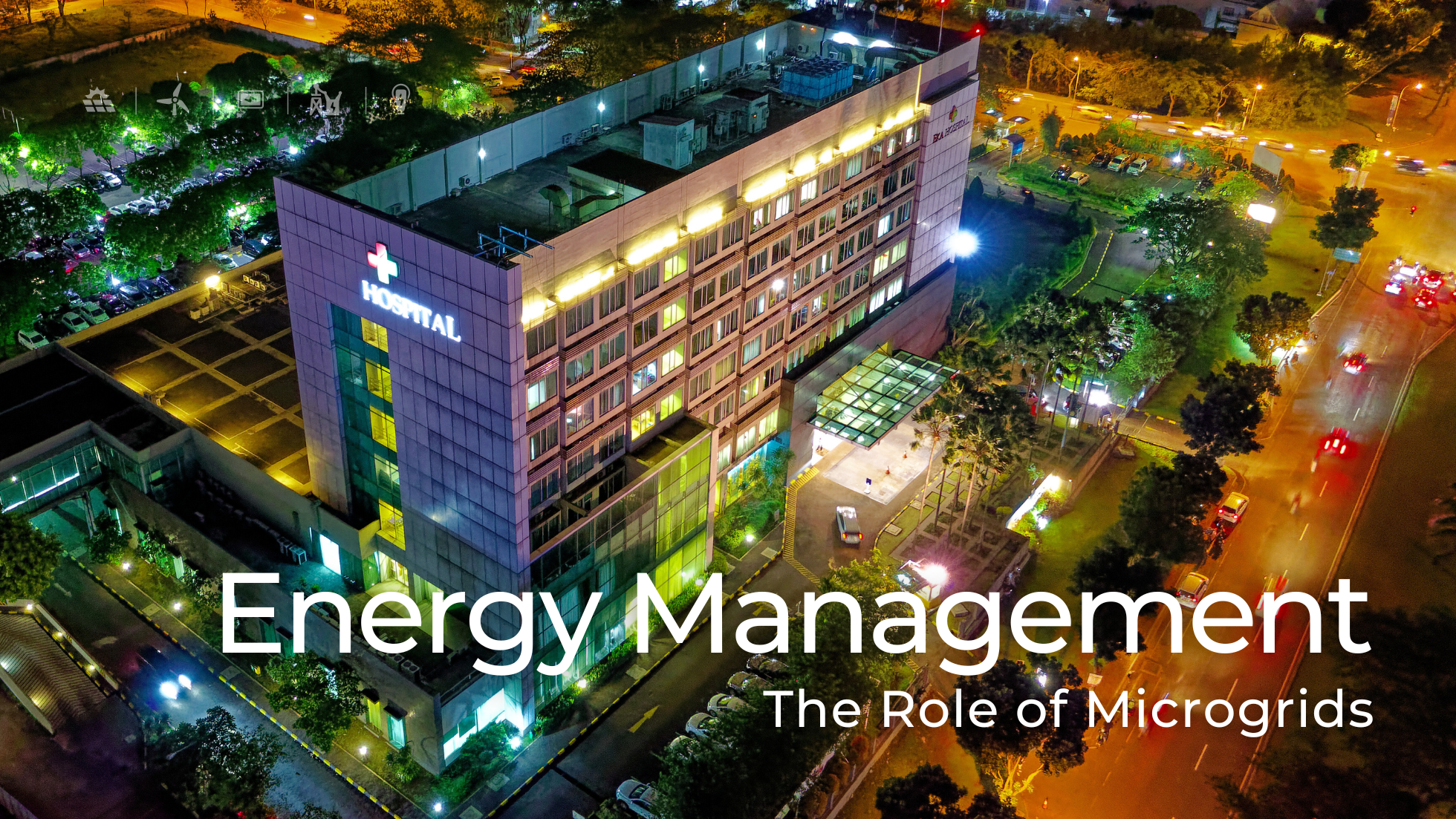Constructing Data Centers that Power Artificial Intelligence (AI) Learn More
The role of microgrids in modern energy management

Microgrids play a critical role in modern energy management. They provide a localized and intelligent power system that can operate independently from the main grid. They help avoid power loss when the main grid is down due to technical disruptions or extreme weather. When microgrids are connected to the main grid, they ease strain on it during peak demand periods.
What is a microgrid?
A microgrid (often called a smart grid) is a small-scale energy system that draws in energy from onsite DERs (distributed energy resources) such as photovoltaic systems or solar panels, hydrogen storage, or wind turbines rather than from the main electrical grid.
Microgrids are gaining importance in both the public and private sectors. They allow commercial buildings, residential communities, industrial facilities, municipalities, and critical infrastructures (hospitals, emergency response centers, and transportation hubs) to generate and store energy locally. A local power supply reduces their dependency on the main grid and eliminates the need for costly updates to substations and power lines.
The interest in microgrids is growing exponentially as they have the potential to make a significant impact on the country’s transition to clean energy. There are several reasons for this:
- Resilience—Microgrids can continue to supply power to critical loads during main grid outages, allowing hospitals, data centers, and other essential infrastructure to remain operational.
- Integration of renewable energy—By deriving their power from solar, wind, and other clean energy sources, microgrids reduce dependency on fossil fuels and hasten the transition to clean energy.
- Demand response—Microgrids predict demand and manage energy flow through intelligent load management, made possible by IoT sensors, AI, and automation. This not only gives business enterprises greater control over their energy usage but also reduces demand on the main grid and lowers energy costs.
- Energy storage – Microgrids use battery storage systems (BESS) to store excess renewable energy during periods of peak demand.
- Grid support – When microgrids are connected to the main grid, they can help improve its stability by providing ancillary services such as voltage regulation and frequency control.
- Cost efficiency – By optimizing energy usage, utilizing local renewable power sources, and reducing the reliance on expensive power from the grid, microgrids can reduce electricity bills.
BEI’s expanding microgrid practice
BEI is quickly becoming a leading go-to resource for microgrid engineering and construction in California. Working with design partner Blymyer Engineers, our team recently provided engineering services for a microgrid in a large city in California. We also completed another microgrid project for a major energy solutions company as part of a broader city initiative to generate and store electricity at critical municipal facilities.
“Microgrids are becoming a significant part of our business, and our portfolio continues to expand in this area,” says David Zetterlund, BEI General Manager.
“Our full-service engineering and construction capabilities make us an ideal partner for microgrid projects of any size,” continues Zetterlund. “This is particularly exciting since this trend will have a major impact on California’s clean energy future.”